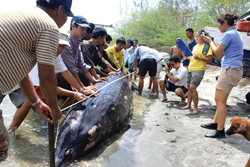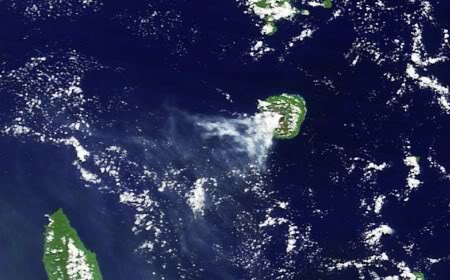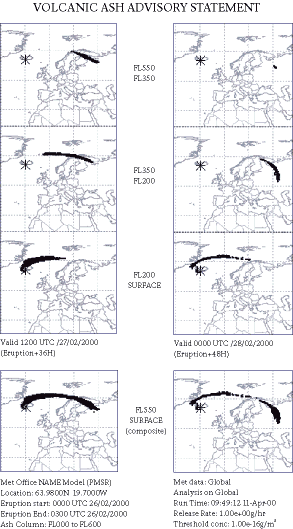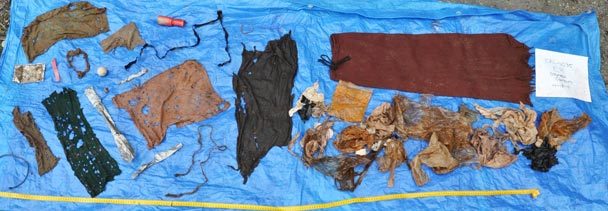OF THE
TIMES



"We sent ten Boeing 747 and Airbus 340 jets on transfer flights from Munich to Frankfurt," Lufthansa spokesman Klaus Walther told the paper. The planes were moved in order to be in the most useful place once the ban is lifted, he explained.Source: "the Local"
"Our machines flew to a height of 24,000 feet, or around 8,000 metres. In Frankfurt the machines were examined by our technicians. They didn't find the slightest scratch on the cockpit windscreens, on the outer skin nor in the engines."
"The flight ban, which is completely based on computer calculations, is causing economic damage in the billions. This is why, for the future, we demand that dependable measurements must be available before a flight ban is imposed."

Comment: The jury's still out on whether the eruption of Eyjafjallokull merited shutting down European airspace for six days. While Sott.net leans towards this being an hysterical over-reaction from the point of view of air safety, the event itself is another significant marker as we approach catastrophic climate change brought on by the build-up of comet dust in the upper atmosphere. The marked increase in the number of strong earthquakes and volcanism strengthens our theory that the planet's rotation is slowing down, however slightly, weakening the magnetic field and thus literally "opening up" the planet.
Cosmic Climate Change